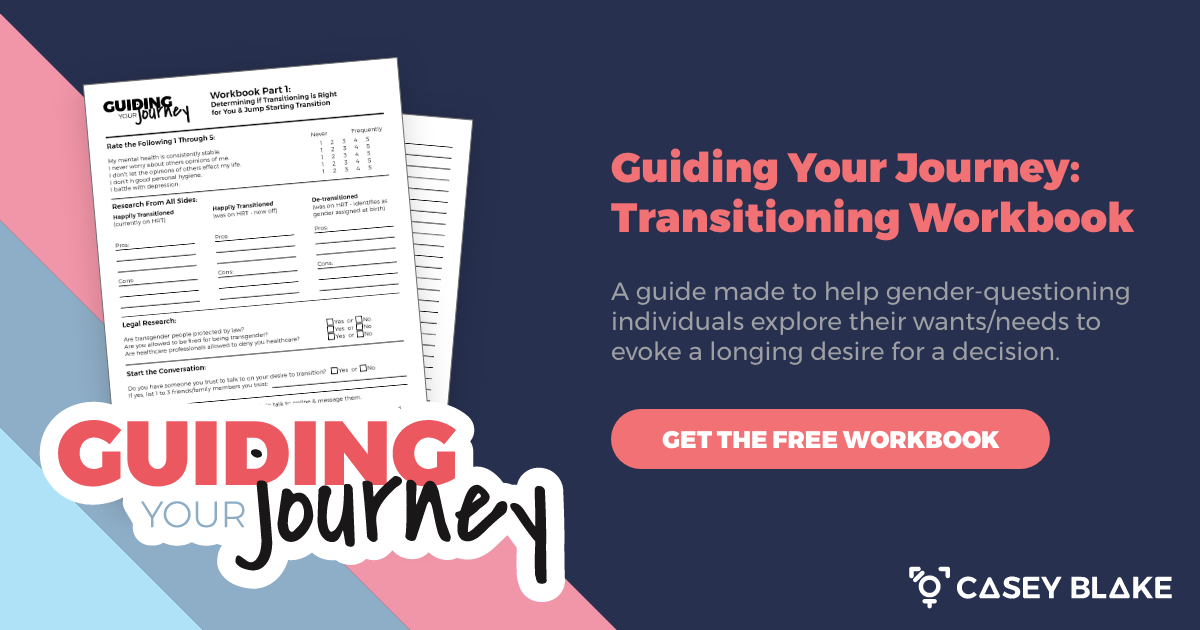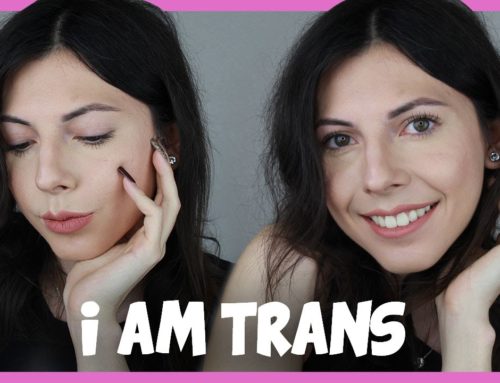How to Find the Right Therapist for You
The reasons why people go to therapy vary greatly. Regardless of how big or small your need may seam, be assured therapy can benefit you. Maintaining your mental health is just as important as your physical and it leads to better self-care. Today I’ll be talking about how to go about finding a therapist, what to look for in a good therapist, and my personal experience with therapy.
Insurance
Start by checking with your insurance company. A simple call of the support center should supply you with all the answers you need. If they do cover therapy, ask how many sessions per year and if they pay for telehealth. If your health insurance includes an HSA, consider using that for the copay or full appointment cost. Money shouldn’t hold you back. Some Therapists have sliding pay scales, meaning you can pick your price between the provided min/max.
Why Gender Therapists are Exactly What You Need
These individuals will have more information on local surgeons, endocrinologists, and a good grasp on the legal restraints within your state or province. If finding a local gender therapist isn’t possible, you may consider looking for an online therapist.
I personally found my therapist by asking a local trans friend. She connected me with her therapist. I had discussed the desire to transition with my mom before reaching out to this therapist and had the opportunity to bring my mother along. Having my mother’s support and presence at our first meeting made us both feel confident in the selection of my therapist. So ask people for referrals and even ask why they like them.
Go to Therapy as Your Authentic Self
Therapy should be a safe space. Opening up about your past and your internal pain is personal. You want to connect well with this professional and show them your true colors.
Part of that should be exploring your personal style. Take the time to get all dolled up for your appointments. Put on your favorite outfit, maybe some makeup or bind. Doing so will help you build confidence in presenting and support your desire to go full time.
Research & Call
Check out online directories for professionals. Many directories offer the ability to filter based on specialization in topics such as LGBTQIA+ and/or by accepted insurances. After finding a handful of great candidates, start calling them. Prepare your questions for a quick phone screening and write down what they are able to help with. For example, has so and so worked with trans patients before and/or is willing to?
- Are you accepting new patients?
- What availability do you have?
- What is the intake process?
- How long is each session?
- Do you accept my insurance?
- What’s the cost with and without insurance?
- Do you offer therapy for trans individuals?
- Can you recommend other trans medical professionals (like an endo)?
Shop Around
Just because you have found someone who meets your criteria doesn’t mean their therapy style or personality will clash well with yours. It’s okay to take the time to make in-person meetings with several therapists prior to making a decision. You should feel comfortable with how they interact with you and their professional credentials.
Once you meet with one or multiple therapists use this list to identify how well the session(s) are going. Your therapist should:
- Show Empathy
- Active Listener
- Commutative
- Sets Boundaries
- Keeps Conversation Going Across Multiple Meetings
- Shows Critical Thinking Skills
- Provides you with Validation
- Good at Summarizing/Paraphrasing
- Good Follow Through
It’s also okay to feel you need to find a new therapist with a different approach at any given time. Never push yourself to continue seeing someone who’s not benefiting you.
My Experience With Therapy
I started seeing a therapist at an early age, around 7. Closely following the divorce of my biological parents. After a few sessions, my therapist informed my mom I was coping well with everything so my sessions halted. This same flow happened 3-4 times leading up to high school.
In late high school, I started to see a new therapist for my gender identity. Within 2 sessions she had written up my medical diagnosis and provided me with a local endocrinologist’s information. Within 3 months of making the official decision to transition, I was on HRT and going by she/her pronouns. After being placed on HRT, I made the decision to stop therapy as it was costing me out of pocket and I felt no need to continue.
After a few years of not seeing a therapist, I started talking to one again, this year. All our sessions happen over zoom which allows me to do it from the comfort of my home. My new therapist is also trans, meaning he’s able to relate to my unique life experiences. Finding someone who knows what I’m going through has benefited our ability to communicate. Having a therapist who’s well versed on trans lingo and the needs of transitioning can be the difference between therapy helping and not helping you.
Everyone can benefit from therapy. If it’s something you’ve considered, stop thinking about it and make the first call. Learn what it would take to get you into therapy.
If you’re in need of help now, consider reaching out to one of the following hotlines:
Trans Lifeline: 877-565-8860
TrevorLifeline: 1-866-488-7386
National Suicide Prevention Lifeline: 1-800-273-8255
Things to Consider
If you ever have any questions during any part of this series do not hesitate to leave a comment here or on YouTube. All questions asked during the duration of this series will be answered in a future Community Q&A episode.
I encourage you all to check out the downloadable workbook pages linked in the description box of each video as well as on the corresponding blog post. At the completion of this series, all videos, blogs, and workbook pages will be bundled up into an ebook that will be available for free.
As always, I would like to disclose that I am not a doctor or a trained professional in any capacity. All information provided is purely food for thought.




